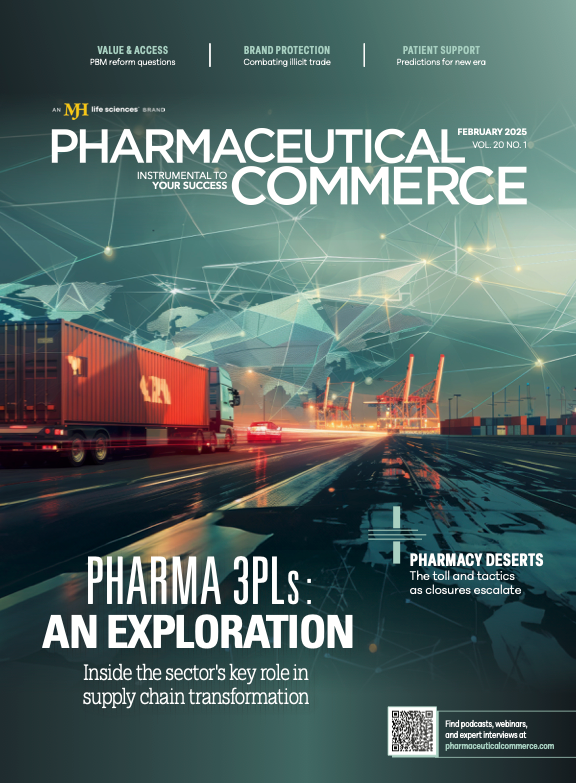Rebates or Patients?
Finding the optimal balance in pharmacy benefit manager reform.

A bipartisan government funding deal at the end of last year initially included reforms of pharmacy benefit managers (PBMs) that would limit their ability to use rebates as a major profit center. PBM reform was excluded from the final government funding deal, but there continues to be strong support in Congress to address the subject. Focus is now on what the incoming Trump administration will do, and how this may impact the pharmaceutical market in the US.
The problem with rebates
A handful of PBMs handle patient access to prescription drugs on behalf of health insurance companies, extracting rebates in exchange for a favorable position on the drug formulary. Particularly for drugs that are deemed “interchangeable,” PBMs extract substantial rebate payments without affecting the publicly visible price. Rebates have formed a substantial part of PBMs’ incomes, although some of the rebates are claimed to be passed on to the payers.
In my opinion, there are a few problems with the rebate model:
- Formulary choices are based on drug rebate maximization, not patient benefit and clinical goals.
- PBMs are potentially skimming profits but add limited value beyond claims handling.
- Patients pay copays based on list price rather than net price. In some cases, the copay can be higher than the cost to the PBM.
A world without rebates
Many refer to European countries as cheaper options to provide patients access to Rx. These countries fix price through either cost-effectiveness analyses (England, Sweden, etc.) or by scoring the added benefit over a “comparator” drug (France, Germany, etc.).It seems attractive to use European style controls. However, there are some challenges:
- Price-controlled countries demand full evidence of long-term outcomes value at time of negotiation, i.e., prior to launch. For true innovations, this is practically impossible without much longer development timelines, which, considering competition and patent lives, is often not feasible.
- Smaller countries use their monopsony power to extract steep price concessions. However, given the dominant size of the market, US monopsony behavior would harm early drug development, and venture capital funding for early drug research would be diverted to other more profitable business areas.
- Governments do not adequately budget for the impact of aging populations and poor lifestyles on healthcare needs.
The US is burdened with rapidly rising healthcare costs. Drugs have accounted for a constant 12%-13% of healthcare costs since 2000.1 The solution is in addressing healthcare effectiveness and efficiency, including the role of drugs.
Focus on patients
Payers and PBMs have deflected an increasing share of drug cost to patients through rapidly increasing copays.1 Charging copays makes sense when a patient wants a higher cost option that has no additional benefit, but why charge a substantial percentage of the cost of a drug to a patient, when there is no good alternative?
Efficiency through AI
As artificial intelligence (AI) is emerging, we are better able to direct the most effective care to each patient. Treatment pathways are increasingly used by payers and provider groups to inform treatment decision-making. As we can increasingly power pathways with experience on distinct subpopulations, we can generate cost savings without a negative impact on patient outcomes.
Don’t cut new drugs short
While clinical evidence and AI can inform optimal treatment with existing drugs, no such alternative is available for new drugs. There is limited latitude in performing investigational trials for safety reasons. Showing improvements in long-term outcomes can require many years. European price approval systems require this evidence, thus halting or delaying innovations from reaching patients. When making cost-related reimbursement decisions, we need to make sure to not be rigidly focused on the perfect, practically impossible evidence, but have the medical community make informed judgement calls on expected long-term benefits, in combination with drug company commitments to longer term outcomes trials post launch.
About the Author
Ed Schoonveld is a value and access advisor for Schoonveld Advisory and author of The Price of Global Health.
Reference
1. The Price of Global Health, 3rd edition, page 38; Ed Schoonveld; Routledge Publishing, ISBN 978-0-367-27940-0
